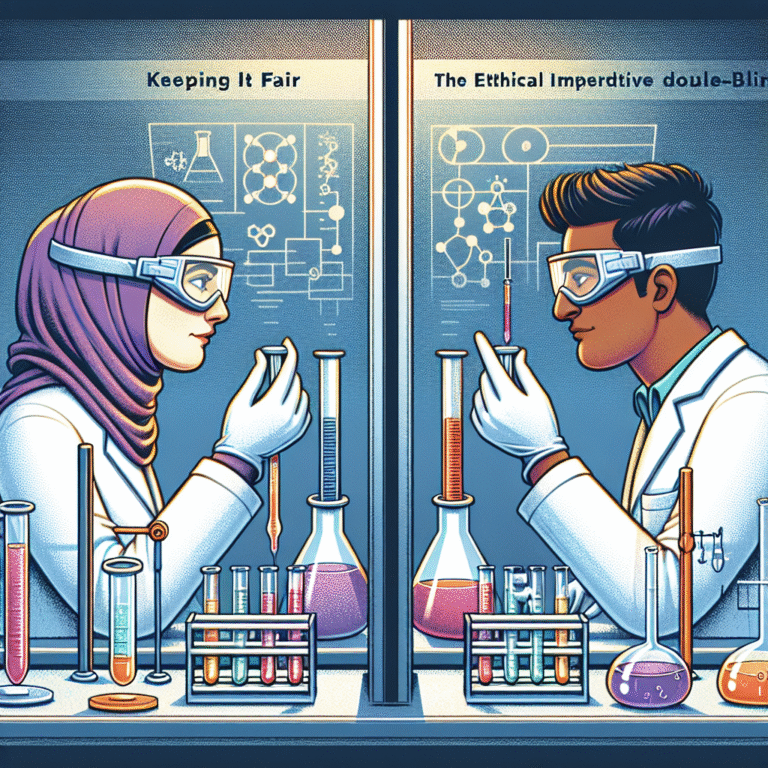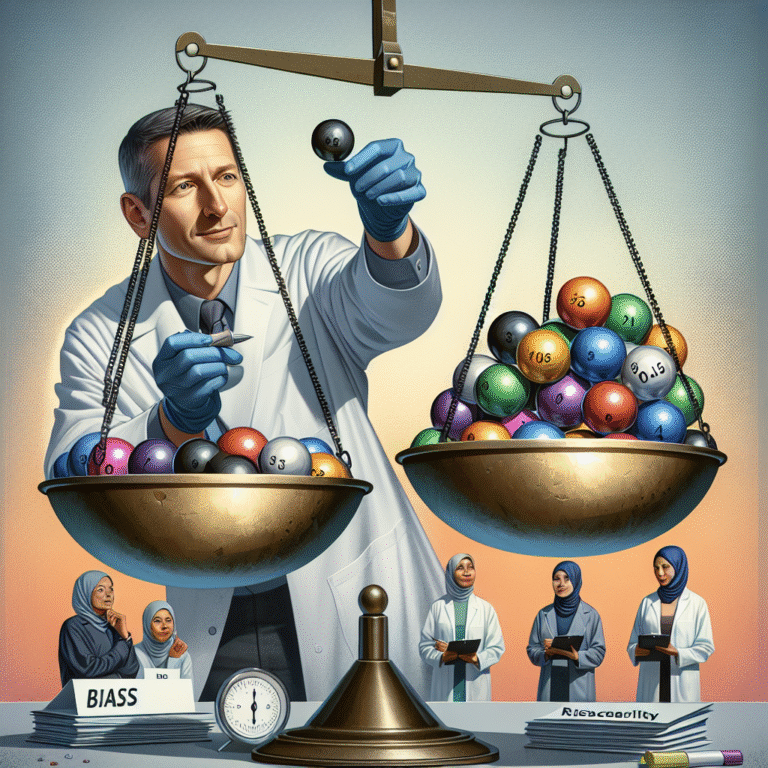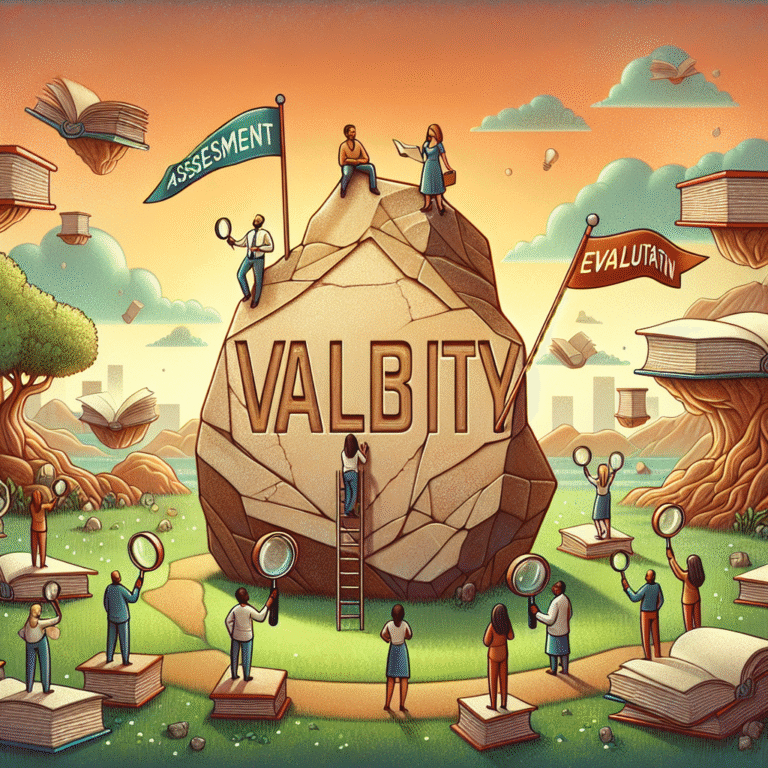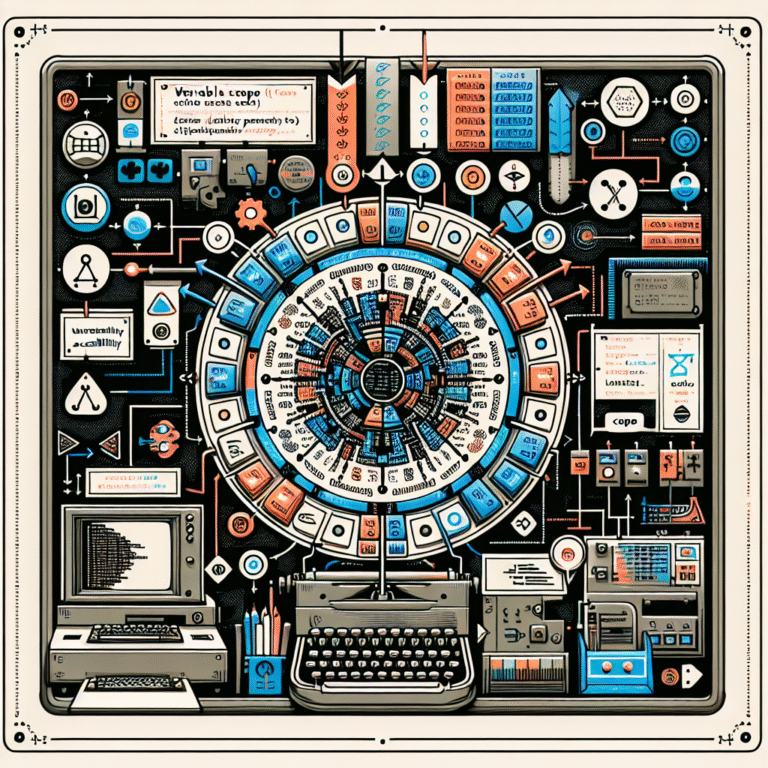
Introduction
Have you ever considered how a small change in teaching methodology could lead to unexpectedly profound results in student learning? In the realm of education, where the quest for innovative ways to engage students is ever-present, recent field experiments have unearthed surprising results that could redefine our understanding of effective teaching practices. These unexpected outcomes are not just minor footnotes in educational research; they offer essential insights that can reshape classrooms and empower educators to foster deeper learning. This article will explore the Unexpected Outcomes: Surprising Results from Recent Field Experiments in Education, illuminating key findings that promise to enrich both teaching strategies and student experiences.
Unpacking Educational Field Experiments
What Are Field Experiments?
Field experiments in education involve real-world trials conducted within actual classrooms, allowing researchers to test hypotheses and observe the outcomes in natural settings. Unlike laboratory-based studies, these experiments provide insights into the complexities of educational environments, making them invaluable for understanding how various factors influence learning.
The Importance of Field Experiments
Field experiments are crucial for several reasons:
- Real-World Relevance: They mimic actual classroom dynamics, making findings more applicable.
- Causality: This type of research often demonstrates causation rather than mere correlation.
- Diverse Contexts: They can be conducted across different demographics and school types, allowing for a broader understanding of educational practices.
Surprising Results from Recent Field Experiments
Case Study 1: Flipped Classrooms in Math Education
One recent field experiment investigated the effectiveness of flipped classrooms in high school mathematics. The traditional model involves direct instruction during class, whereas the flipped model allows students to learn material at home through videos, freeing up class time for deeper engagement.
Results: The study revealed that students in flipped classrooms not only performed better on standardized tests but exhibited a 30% increase in participation during class discussions.
Analysis: This surprising outcome challenges long-standing beliefs about direct instruction being paramount, showing that enabling students to engage with the material at their own pace leads to greater understanding and participation.
Case Study 2: Emotionally Supportive Environments
Exploring the role of emotional support in classrooms, another experiment set out to measure the impact of teacher-student relationships on student achievement. In this study, researchers enhanced emotional support through training teachers to be more empathetic and responsive to student needs.
Results: The findings indicated a significant uptick in student motivation, with a 25% increase in homework completion rates and a marked improvement in grades.
Analysis: These unexpected outcomes emphasize the importance of emotional intelligence in teaching, suggesting that fostering strong, supportive relationships with students can directly boost academic success.
Case Study 3: Technology Integration Backfire
In a surprising turn of events, a field experiment that aimed to integrate tablet technology into elementary classrooms yielded unexpected outcomes. Researchers expected that increased access to devices would lead to improved literacy rates.
Results: Instead, the study found no significant change in reading levels, and in some cases, students showed diminished engagement.
Analysis: This outcome advocates caution in tech adoption, suggesting that mere access to technology doesn’t automatically enhance learning; pedagogical strategies must align with technological tools for them to be effective.
Case Study 4: Peer Teaching Dynamics
A field experiment aimed at evaluating the effectiveness of peer teaching revealed astonishing results. Students were paired to teach one another science concepts.
Results: Not only did students demonstrate a 40% increase in content retention, but there was also a notable improvement in students’ interpersonal skills and confidence levels.
Analysis: These unexpected outcomes support the idea that peer-to-peer learning can be a more influential tool than traditional teacher-led instruction, offering students the opportunity to solidify their understanding by teaching others.
Case Study 5: Classroom Layouts and Student Interaction
An experiment focusing on classroom layouts found that changing seating arrangements to promote collaborative work led to unexpected outcomes in student interaction levels.
Results: Classrooms arranged in clusters saw a remarkable 50% increase in group work participation and a significant reduction in behavioral issues.
Analysis: This reveals the profound impact physical space has on learning dynamics, suggesting that intentionally designed environments can foster better cooperation and reduce disruptions.
Key Themes and Learnings
The Unexpected Outcomes: Surprising Results from Recent Field Experiments in Education provide rich insights into fundamental themes that can reshape teaching strategies. Here are key takeaways from the studies discussed:
Student Agency Leads to Better Outcomes: Allowing students to take charge of their learning through flipped classrooms or peer teaching enhances engagement and retention.
Emotional Support Matters: Building strong teacher-student relationships significantly boosts motivation and academic success.
Tech Isn’t a Panacea: Technology must be integrated thoughtfully; otherwise, it may hinder rather than help learning.
Environment Shapes Learning: The physical classroom setup can dramatically influence student interaction and behavior.
- Collaboration is Key: Promoting collaboration through peer teaching can lead to enhanced social skills and content mastery.
Actionable Insights for Educators
As we delve into the Unexpected Outcomes: Surprising Results from Recent Field Experiments in Education, it becomes evident that educators can leverage these insights to improve their teaching practices:
Experiment with Flipped Classrooms: Test out the flipped model to allow students to engage with material at their own pace before class.
Foster Relationships: Invest time in developing supportive relationships with students, understanding that emotional connections can lead to improved academic performance.
Be Cautious with Technology: Before implementing new tech tools, consider how they align with your educational goals and the specific needs of your students.
Rearrange Your Classroom: Explore different layouts to create an environment conducive to collaboration and active engagement.
- Encourage Peer Learning: Integrate peer teaching opportunities to enhance understanding and build interpersonal skills.
Conclusion
The findings from recent field experiments suggest that the landscape of education is ripe for innovation and change. The Unexpected Outcomes: Surprising Results from Recent Field Experiments in Education challenge conventional norms and inspire educators to rethink their strategies. By embracing these surprising insights, educators can create more engaging, effective, and supportive learning environments. As we navigate this shift in pedagogy, let us remain open to experimenting, learning, and growing alongside our students—after all, that is the ultimate purpose of education.
FAQs
1. What defines a field experiment in education?
Field experiments are real-world studies conducted in actual classroom settings to test educational theories and practices, allowing researchers to observe outcomes in natural environments.
2. How can I implement a flipped classroom in my school?
Start by providing students with access to instructional videos or materials to review at home. Use class time for interactive activities, discussions, and problem-solving to deepen understanding.
3. Can emotional support really enhance academic performance?
Yes, research indicates that strong teacher-student relationships can lead to increased motivation and better academic outcomes.
4. Why might technology integration fail in some classrooms?
Technology may not yield positive results if it isn’t aligned with teaching strategies or if students lack the necessary skills to utilize the tools effectively.
5. How can I facilitate effective peer learning among my students?
Organize structured peer teaching assignments where students can collaboratively teach concepts to one another, ensuring that they are adequately prepared and supported throughout the process.
By incorporating these insights and engaging with the surprising results from recent field experiments, educators can take meaningful steps toward enhancing their teaching and enriching student experiences.

















